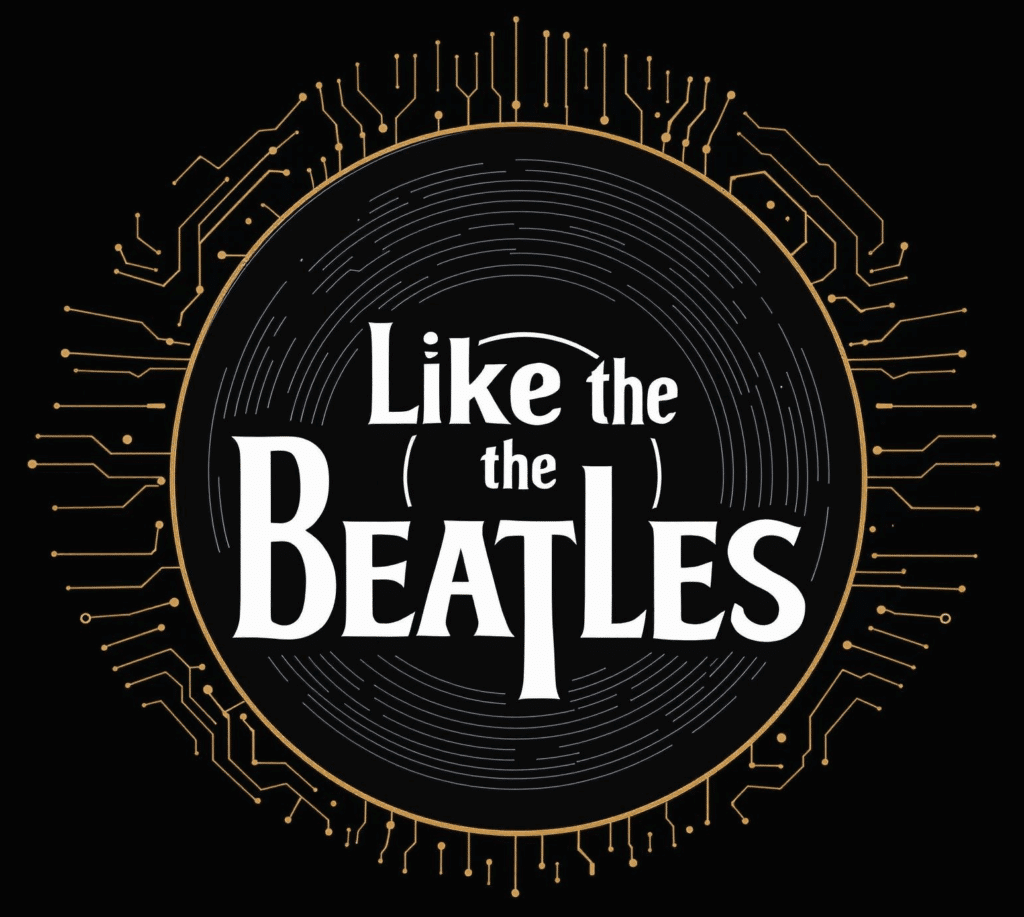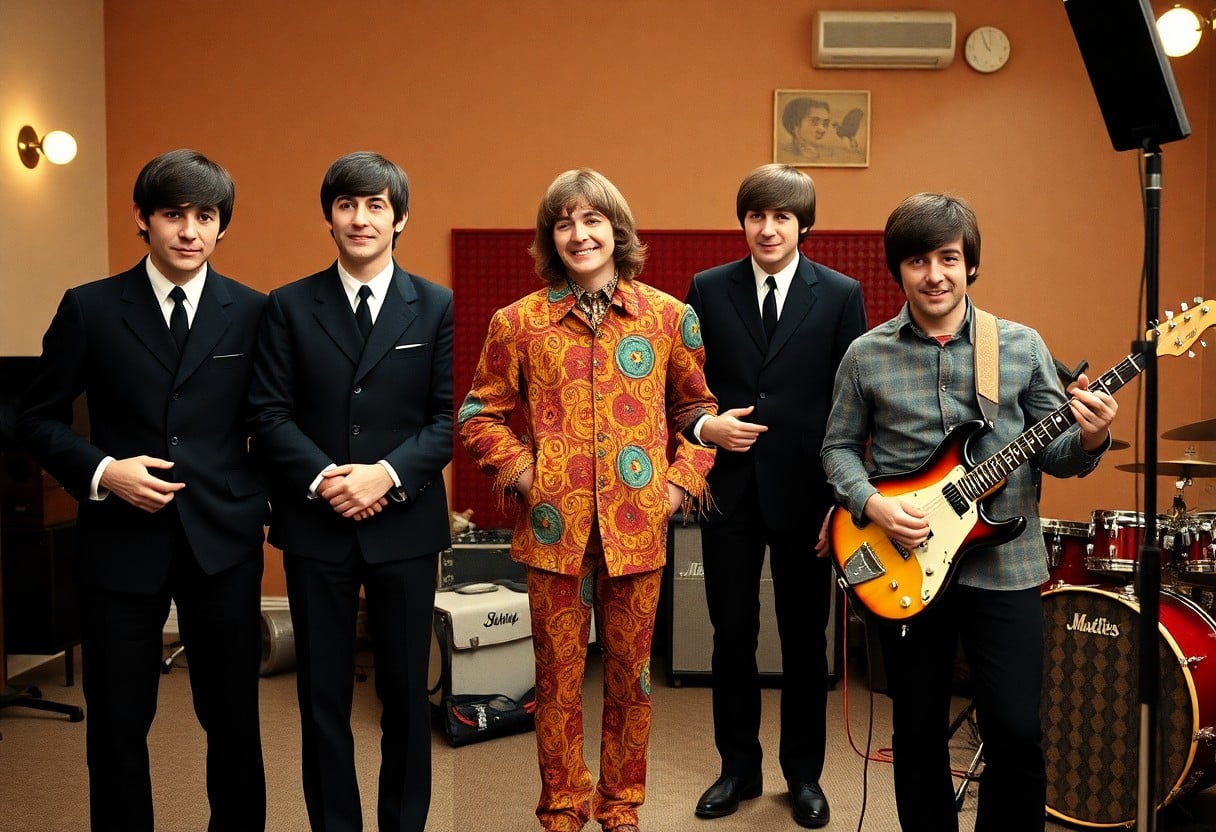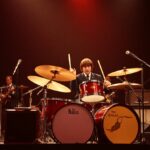Many music enthusiasts and casual listeners alike are fascinated by how The Beatles transformed their sound over the years, reflecting broader cultural shifts and artistic advancements. From their early days of catchy love songs in ‘Please Please Me’ to the experimental and layered compositions of ‘Sgt. Pepper’s Lonely Hearts Club Band’, their journey is nothing short of remarkable. In this post, I will guide you through the key phases of their evolution, shedding light on how their musical experimentation and songwriting maturity contributed to their iconic legacy.
The Early Years: Beatlemania and Initial Sound
While the Beatles burst onto the scene in the early 1960s, they quickly captivated the world with their infectious energy and charm. Their initial sound was a fusion of rock and roll, pop, and skiffle, marking the birth of Beatlemania. Fans were enamored with their catchy melodies, distinctive vocals, and charismatic stage presence, making them a groundbreaking force in music history.
The Influence of Rock and Roll
By incorporating elements of rock and roll into their music, the Beatles laid the groundwork for a new sound. Artists like Elvis Presley and Chuck Berry inspired their songwriting and performance style, helping them create a fresh, energetic vibe that resonated with audiences.
Harmonies and Melodic Structure
After embracing various musical influences, the Beatles showcased their unique approach to harmonies and melodic structure. Their vocal arrangements often featured intricate harmonization, blending distinctive voices that created a rich sonic tapestry and a sense of unity within their songs.
And what sets the Beatles apart is their remarkable ability to craft harmonies that complemented their melodies perfectly. Their use of vocal layering and innovative chord progressions transformed the landscape of popular music. You will notice that songs like “Please Please Me” and “Twist and Shout” exemplify their harmonic creativity, as they effortlessly weave together voices to evoke emotional depth and appeal. This attention to melodic structure not only captivated listeners but also paved the way for future generations of musicians to explore new possibilities in song composition.
Transitioning Styles: From Rubber Soul to Revolver
Some may argue that the transition from “Rubber Soul” to “Revolver” marked a turning point in The Beatles’ artistic journey, as they explored deeper into a more experimental sound. The rich harmony and folk influences of “Rubber Soul” laid the foundation, but it was in “Revolver” where they challenged the conventional boundaries of pop music, introducing a blend of various styles and innovative sounds. This evolution showcased their growing desire to explore new musical territories.
Experimentation with Genres
At this stage, The Beatles began to embrace a variety of genres, incorporating elements of classical music, avant-garde, and even Indian music into their work. Songs like “Tomorrow Never Knows” and “Love You To” illustrate how they expertly integrated diverse influences, ultimately redefining popular music. This genre experimentation not only expanded their creative horizons but also advanced the landscape of music during the 1960s.
Lyrical Maturity and Depth
The lyrics crafted in this era showcase The Beatles’ remarkable growth in both style and substance. Their songwriting became increasingly introspective and philosophical, moving away from simple love songs to more profound themes. You can see this transformation in tracks like “I’m Only Sleeping” and “Eleanor Rigby,” where narratives explore into human experiences, emotions, and societal observations, ultimately reflecting the complexities of life.
Styles evolved significantly with the introduction of more intricate storytelling and complex emotional landscapes. The stark contrast between the early superficiality and the deeper explorations present in songs like “Eleanor Rigby” demonstrates their ability to engage listeners on an emotional level. Lyrically, these tracks reveal an aesthetic appreciation for introspection and a willingness to confront difficult subjects, pushing the boundaries of what popular music could convey. This newfound depth showcases the Beatles’ evolution as artists, enriching their legacy in music history.
The Psychedelic Era: Sgt. Pepper’s and Magical Mystery Tour
For many, the Beatles’ transition into the psychedelic era marked a radical departure from their earlier sound. With iconic albums like Sgt. Pepper’s Lonely Hearts Club Band and Magical Mystery Tour, I witnessed the band experimenting with vibrant musical textures, surreal lyrics, and innovative concepts that challenged the norms of popular music. This era not only showcased their artistic growth but also reflected the cultural shifts of the time.
Innovations in Production Techniques
For me, the innovations in production techniques during this era are simply fascinating. The Beatles, with the guidance of producer George Martin, explored multi-tracking, tape manipulation, and unconventional recording methods. These advancements allowed them to layer sounds intricately and transform their music into richly immersive experiences, setting a new standard for studio artistry.
The Exploration of New Themes and Sounds
Below, I explore deeper into how this phase allowed the Beatles to broaden their artistic horizons. With a focus on psychedelia, surrealism, and social commentary, the band embraced themes that resonated with the counterculture movement. Each track, from the whimsical “Lucy in the Sky with Diamonds” to the introspective “With a Little Help from My Friends,” painted vivid narratives and elevated their storytelling. The incorporation of unconventional instruments like the sitar in “Within You Without You” reinforced their commitment to exploring new sounds and pushing musical boundaries, reflecting their profound evolution as artists.
Plus, the Beatles’ experimentation extended beyond mere sound. They incorporated avant-garde influences, echoing the spirit of the 1960s, and invited listeners into a world of imagination and consciousness. By pushing the envelope with their music, they not only captured the zeitgeist but also paved the way for future generations of musicians to explore and express their own artistic visions. Their fearless embrace of the avant-garde undoubtedly reshaped the landscape of modern music.
The White Album and Diverse Influences
Now, as I examine into The Beatles’ self-titled album, commonly known as The White Album, it’s clear that the band ventured into an eclectic mix of sounds and styles. Released in 1968, it served as a platform for experimentation, showcasing influences from rock, folk, blues, and even avant-garde elements. This diversity not only reflected their individual artistry but also exemplified their evolution as musicians willing to push boundaries.
Incorporation of Various Musical Styles
One of the most striking features of The White Album is its incorporation of various musical styles. From the hard-hitting rock of “Back in the U.S.S.R.” to the tender balladry of “Blackbird,” each track offers a unique sonic experience. The band’s willingness to explore genres, including folk, country, and even experimental sounds, illustrates their growth and versatility.
Individual Artistic Expressions
Along with genre diversity, each member’s unique artistic expressions are prominent in The White Album. Here, John Lennon, Paul McCartney, George Harrison, and Ringo Starr all contributed tracks that reflected their personal influences and experiences. This album became a canvas for their individual voices, showcasing not only their talents but also their creative freedom.
Consequently, The White Album allows me to witness how The Beatles each brought their own influences into the mix. For instance, John Lennon’s avant-garde pieces like “Revolution 9” mark a departure from traditional songwriting, while Paul McCartney’s charming “Martha My Dear” highlights his melodic genius. George Harrison’s “While My Guitar Gently Weeps” emphasizes his growing influence on the group’s sound, incorporating Eastern philosophy and instrumentation. Ringo’s contributions, although fewer, add a touch of authenticity and individual flair. This album exemplifies the band’s shift from a cohesive unit to a collective of strong individual artists, significantly altering their legacy while still reflecting their solidarity as The Beatles.
The Final Years: Abbey Road and Let It Be
Not only did The Beatles push the boundaries of popular music, but their final albums, “Abbey Road” and “Let It Be,” also showcased a profound evolution in their sound. During this time, the band seamlessly blended their established musical style with ambitious experimentation, leading to some of their most iconic tracks. From the haunting harmonies of “Because” to the innovative medley on side two of “Abbey Road,” their artistry had reached a new zenith, revealing both unity and divergence as they approached the end of their storied journey.
Return to Musical Cohesion
An emphasis on unity resurfaced in “Abbey Road,” as the band collaborated more closely than in previous years. This marked a return to their roots, combining elements of rock, pop, and classical influences into an impressive, cohesive sound. Tracks like “Come Together” and “Something” exemplify their ability to create powerful musical statements while retaining the essence of their early work.
Reflecting on Legacy and Change
Above all, The Beatles’ final albums encapsulate a transformative period, reflecting their growth and the challenges they faced. The songs convey a depth of emotion, evoking nostalgia and anticipation for the future.
Consequently, this period solidified their status as legends. The iconic sounds and compositions in “Let It Be” and “Abbey Road” not only showcased their remarkable evolution but also highlighted the individual changes each member underwent. The push and pull among band members, filled with conflict but also collaboration, enriched their musical tapestry. You can hear the mixture of hope in tracks like “Let It Be,” while songs like “The Long and Winding Road” emphasize a sense of reflection and finality. Ultimately, their legacy invites all of us to explore the power of music amidst change, reminding us of the lasting impact they left on the world.
Cultural Impact and Lasting Legacy
Keep in mind that The Beatles are not just a band; they are a cultural phenomenon whose impact resonates even today. Their innovative sound and fearless experimentation ushered in a new era in music, influencing not just artists of their time but also shaping the landscape of popular culture. From fashion to film, their legacy continues to inspire generations, illustrating that their influence extends far beyond their musical achievements.
Influence on Future Artists
Between their pioneering studio techniques and genre-blending songs, The Beatles have left an indelible mark on countless musicians. Iconic artists like David Bowie, Nirvana, and even contemporary stars like Billie Eilish have cited The Beatles as a major influence. Their ability to push the boundaries of what music could be encourages artists to innovate and explore new sounds today.
Evolution of Popular Music
Artists from various genres owe a debt to The Beatles for the significant shifts they brought to popular music. Their blend of rock, pop, and psychedelia set a precedent for future experimentation. With each album, they challenged conventions, setting the stage for the emergence of subgenres and movements that followed. From the introspective lyricism of the 60s to the rebellious spirit of the 70s punk scene, The Beatles’ willingness to evolve has inspired artists to embrace change and express themselves more freely. I find it fascinating how this shift in music culture can be traced back to the band’s pioneering spirit and creative bravery.
Hence, it’s clear that The Beatles revolutionized not only their own sound but also the trajectory of popular music itself. Their influence can be seen in the innovation of *studio techniques*, the *embrace of diverse genres*, and the rise of *lyrical sophistication*, which collectively transformed how we perceive and create music today. I truly believe that their legacy serves as a reminder that music is ever-evolving, and that the courage to explore uncharted territories can yield extraordinary results.
Final Words
From above, it is clear that The Beatles’ sound evolved remarkably over their career. I believe their journey from the catchy melodies and straightforward lyrics of their early days to the complex arrangements and introspective themes of their later works showcases their artistic growth. You can hear this transformation in albums like “Rubber Soul” and “Sgt. Pepper’s Lonely Hearts Club Band,” where experimentation took center stage. Your understanding of their legacy deepens as you appreciate how they pushed boundaries, influencing countless musicians and reshaping popular music forever.












